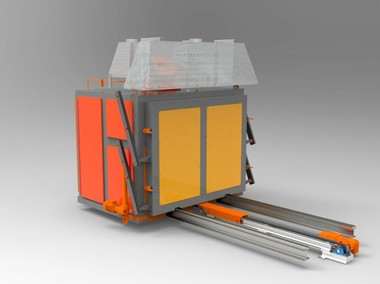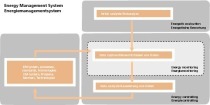Fatal errors – lessons from the cockpit
Organizations have to contend with diverse sources of error, any of which may have catastrophic impacts under an adverse set of conditions. If such errors are to be recognized and their causes eliminated, a rational, analytical error analysis is indispensable. In most organizations, though, errors are not always dealt with openly, for that requires a culture of error acceptance. A quick peek into the cockpit of a commercial aircraft suffices to show that, for years now, airline pilots have been adhering to a concept that offers a lot to learn for other organizations. This includes in particular:
attitude: It pays to perceive errors as being inherent to human activity and sometimes unavoidable despite the greatest of care. This applies to all areas of endeavour and to all individuals, including managers. Attempts – often futile – to avoid all mistakes are inherently inferior to timely correction and an ability to deal constructively with errors made
no penalization: Errors must not be penalized. Fear of shame, embarrassment and/or punishment leads people to hide their mistakes
reporting: With a view to abating sources of error, it is a good idea to compile a case-history collection of errors and make it accessible for everyone in the company
communication: The communication of errors must be based on facts and handled objectively
reflection: For people to learn from mistakes, the causes of errors made must be determined and analysed. In aeronautics, this analysis takes place within the framework of regular debriefings that are carried out by the crews at the end of a mutual day in the air. In like manner, regular debriefings also must be instituted in companies/teams
Prof. Dr. Jan U. Hagen, ESMT Berlin






